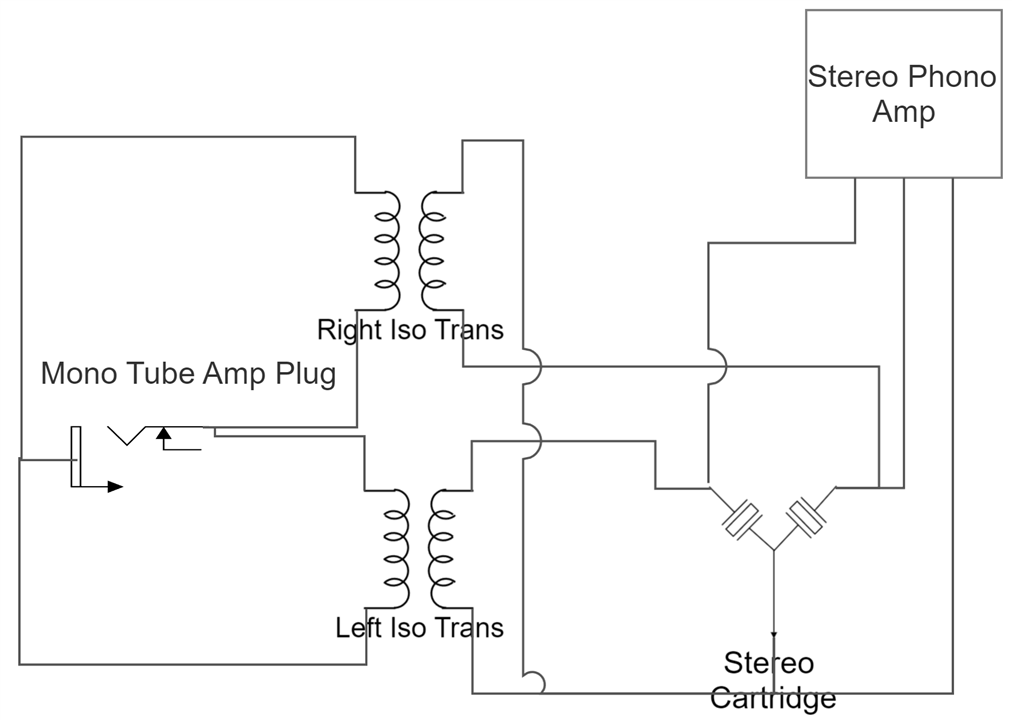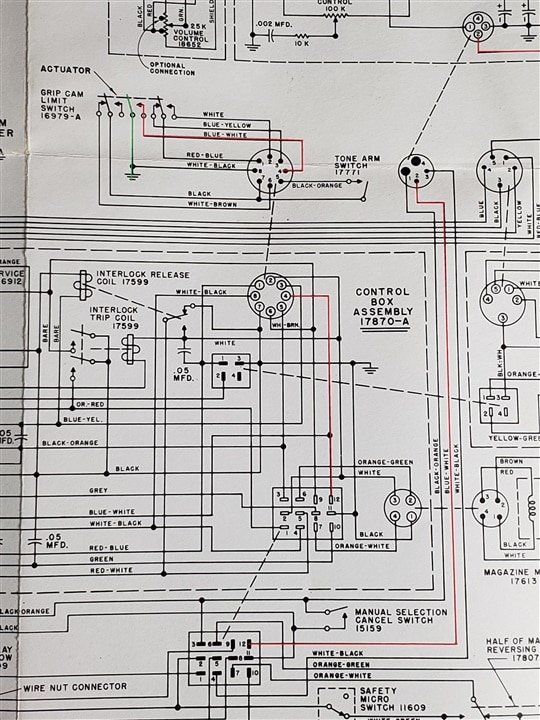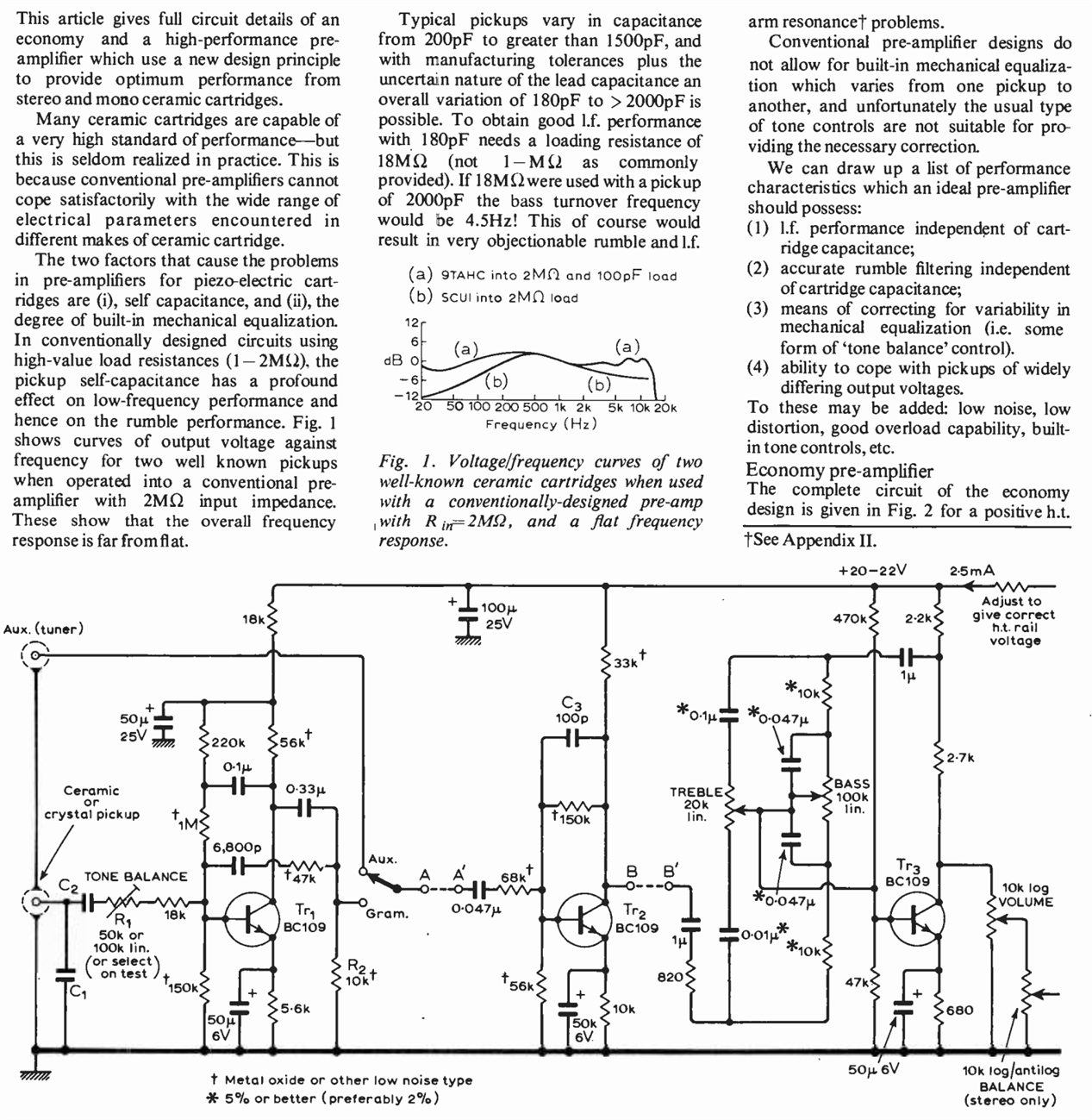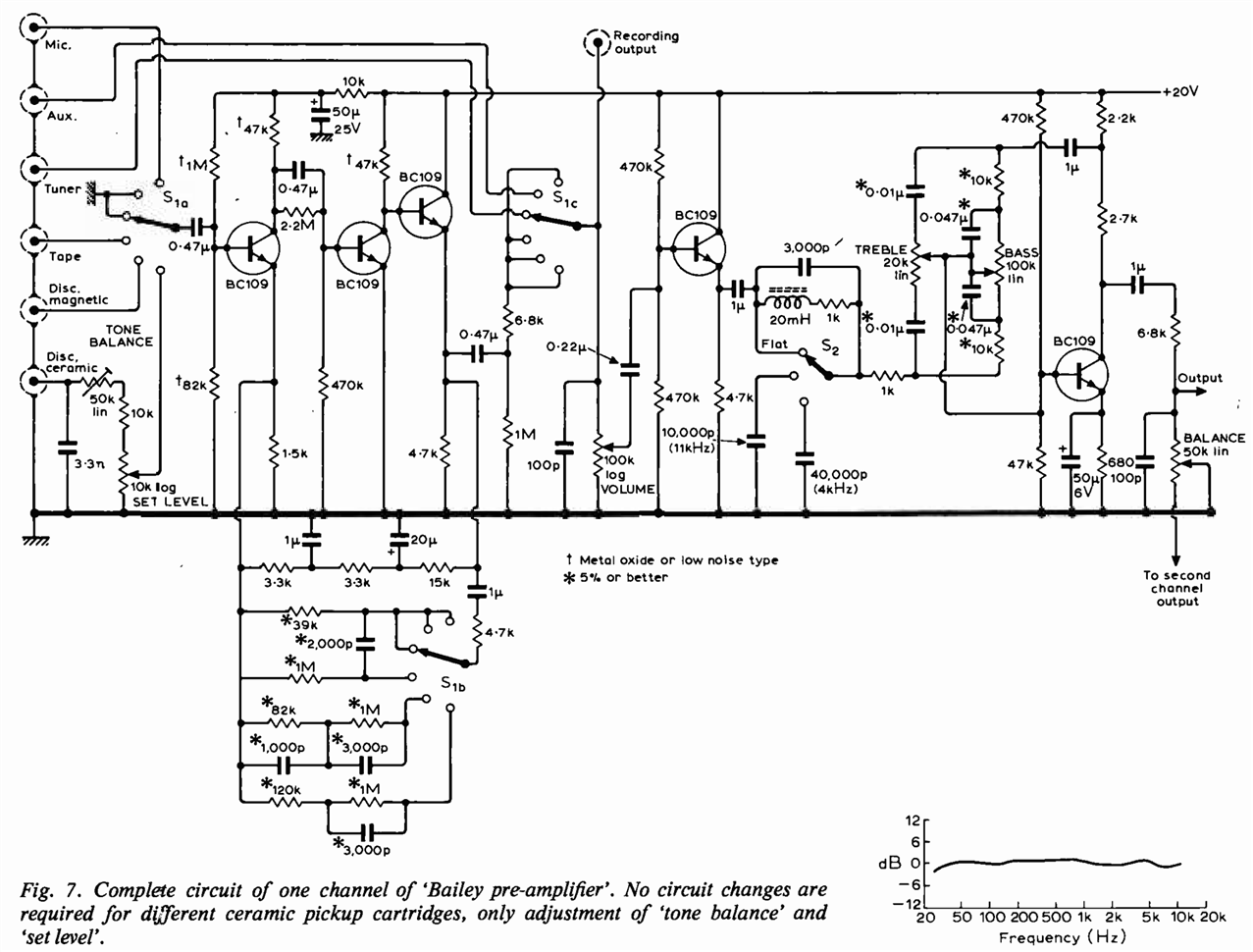Hello,
I am interested in a project to take a stereo signal from a record needle cartridge and split the signal into a stereo amp and also a mono amp to be used at the same time (and independently with some switching). I have tried a couple of simple methods that negatively effected the stereo signal. I am thinking op amps might be a way to do this but I am unable to design this. Regardless of what method is used sharing your knowledge would be so greatly appreciated.
- Tom







